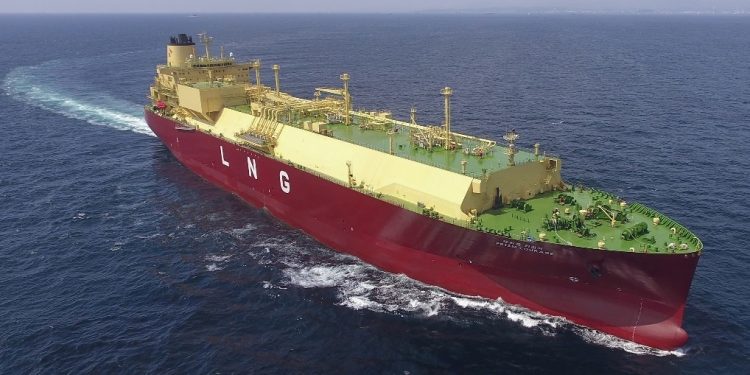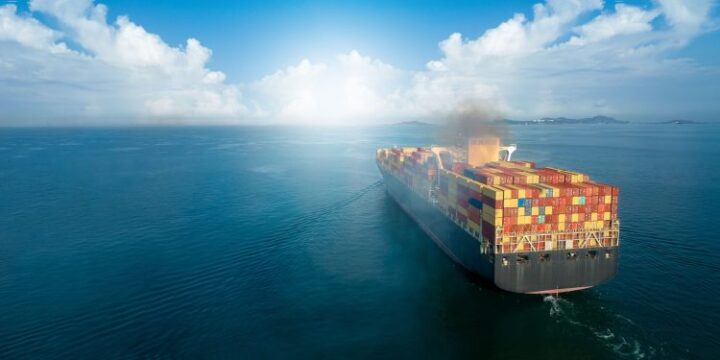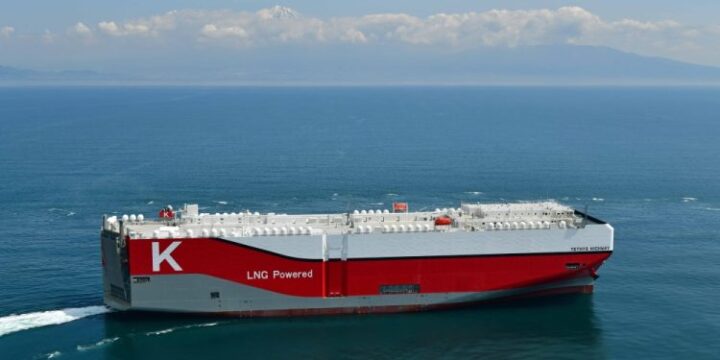July 21, 2025

SEA-LNG has published a new report evaluating the state of play for LNG, liquefied biomethane (LBM) and e-methane as well as presenting initial analysis of why LNG dual-fuel engines offer the best returns under the IMO Net-Zero Framework (IMO NZF).
In its latest report titled “The LNG Pathway: Mid-Year Market Review” the coalition highlights that in the first six months of 2025, 87 new LNG dual fuel vessels were ordered, up from 53 in the corresponding period in 2024. There is now a total of 1,369 LNG dual fuel vessels in operation and on order.
Most of the 2025 orders have been for large container ships, with the gross tonnage of these vessels amounting to 14.2 million GT versus 4.1 million GT in 2024.
Aside from container vessels, there has been significant market penetration of LNG-fuelled vessels in the cruise, PCTC, bulk and tanker sectors. If LNG carriers are included, then the total number of LNG fuelled vessels in operation and on order increases to more than 2,400, representing over 10% of global gross tonnage.
LNG bunkering
The dramatic growth in LNG bunkering volumes the industry witnessed in 2024 is continuing. Q1 2025 volumes in Rotterdam grew by 7% compared with the same period in 2024, and Singapore reported 18% growth over the first five months of 2025 versus 2024.
Furthermore, LNG bunkering is developing rapidly in the Western Mediterranean and China, with volumes increasing by more than 60% in Shanghai in the first five months of 2025 compared with the same period in 2024.
Notable LNG bunkering firsts in 2025 include:
- The first ship-to-ship LNG bunkering of a containership in Long Beach, USA by Seaspan Energy;
- The first ship-to-ship LNG bunker operation in the Middle East in January, with Monjasa supplying LNG to the Costa Smeralda cruise vessel; and
- The first bunkering of a car carrier in Western North America, with Seaspan supplying LNG via ship-to-ship to the MOL operated Lake Herman in Vancouver’s English Bay.
As LNG infrastructure continues to expand at pace, LBM, or bio-LNG, is also becoming a reality, with biomethane bunkering growing rapidly in Europe, driven mainly by regulations such as FuelEU Maritime. LBM is a central next step along the LNG pathway towards decarbonisation.
…said Steve Esau, Chief Operating Officer, SEA-LNG.
Biomethane is becoming a reality
Bunkering of Liquefied biomethane (LBM) or bio-LNG is growing rapidly in Europe, driven mainly by regulations such as FuelEU Maritime. Bunkering operations have already taken place in key ports across Belgium, France, Finland, the Netherlands, Norway, Spain, Sweden and the UK, involving at least seven major bunker suppliers.
in addition, the use of LBM is widespread with bunkers being delivered to the cruise sector, container lines, ferries, OSVs, car carriers, tankers, bulkers and small-scale LNG carriers over the past 12 months.
LNG dual-fuel engines
The analysis shows that both high-pressure and low-pressure LNG dual fuel engines offer a relative payback period of about 4.5 to 5 years compared with VLSFO for a 14,000 TEU container vessel operating a trans-Pacific route, from Japan to the US West Coast.
Ammonia- and methanol-fuelled vessels do not payback over the 15-year investment horizon.
The costs of compliance analysis shows that the LNG pathway offers the best returns under the MEPC 83 IMO Net-Zero Framework. But more than that, this route offers shipowners and operators access to widespread global infrastructure, fuel optionality, local emissions reductions and a proven safety record for seafarers and port workers.
…said Peter Keller, Chairman, SEA-LNG, and concluded by highlighting that these are practical points the industry must consider and prioritise to realistically achieve its climate targets.

